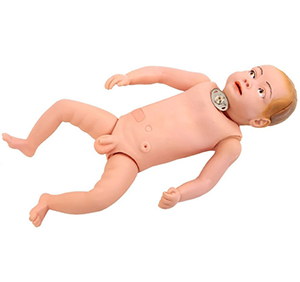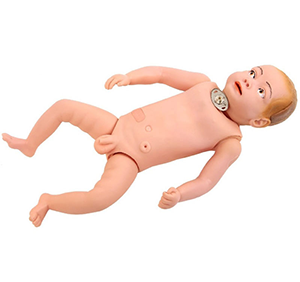With the continuous advancement of medical technology, the field of infant care is also facing more and more new challenges. Especially for those infants who need tracheotomy, how to provide safe and effective care has become an urgent problem to be solved. The emergence of advanced tracheotomy nursing model undoubtedly provides a new solution to this problem.
Tracheotomy surgery in infants is usually due to airway obstruction, congenital malformations, or other serious conditions. This type of surgery is risky, and post-operative care is crucial. Traditional nursing methods often rely on the experience and intuition of the medical staff, but this way has great uncertainty and cannot meet the requirements of modern medical accuracy and safety.

Advanced tracheotomy nursing model adopts advanced technology and design concept, which can simulate the tracheotomy state of real babies, and provide a realistic training environment for medical staff. These models often have fine anatomy and realistic physiological responses, and are able to simulate various situations after tracheotomy, such as management of airway secretions, use of ventilators, and emergency response.
By using the advanced tracheotomy nursing model, medical staff can practice repeatedly in a simulated environment to familiarize themselves with and master post-tracheotomy nursing skills. This can not only improve their practical ability, but also enhance their self-confidence and ability to cope with emergencies.
However, in the face of new challenges in infant care, are advanced tracheotomy models really up to the task? This still needs more in-depth research and verification. After all, every baby's situation is unique, and their physiological responses and disease conditions vary. Therefore, we need to be more flexible and personalized in the design and use of models to better adapt to the needs of different babies.
In summary, the advanced tracheotomy care model has great potential and value in facing the new challenges of infant care. It can provide a realistic training environment to help medical staff improve practical skills and self-confidence. However, we also need to recognize the limitations of the model and continue to explore and refine its functionality and design as we use it. Only in this way can we better respond to the new challenges of infant care and provide better guarantees for the health and safety of infants.

